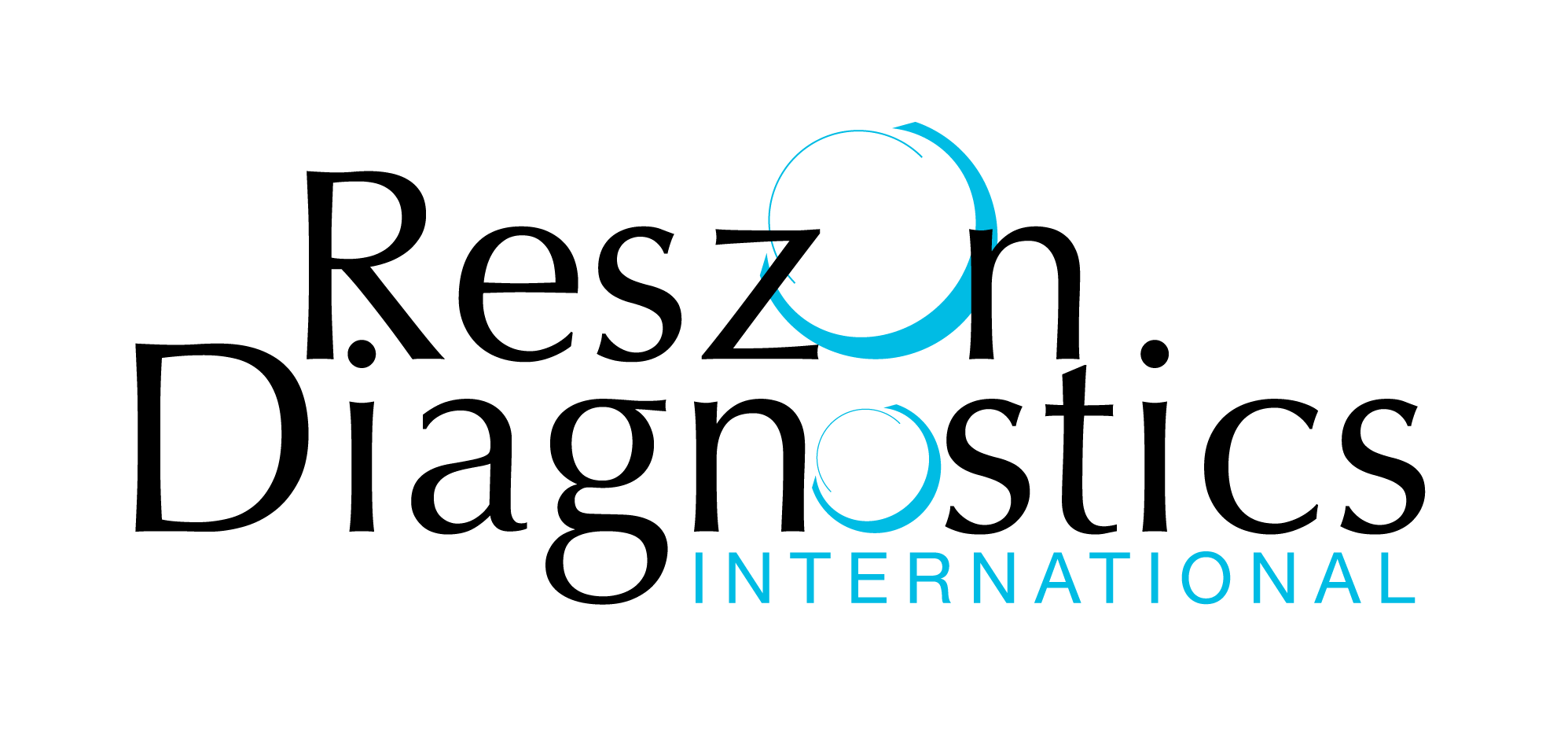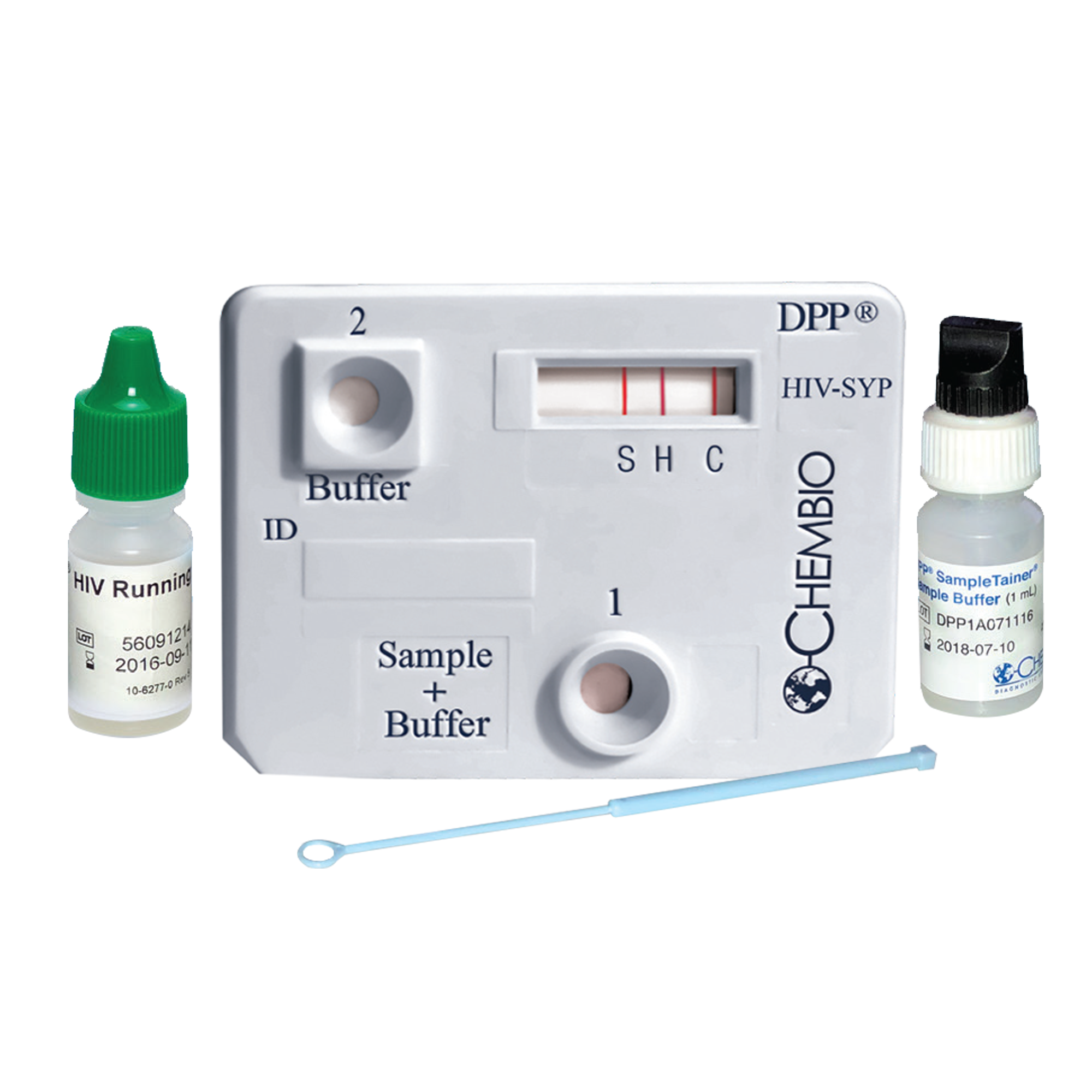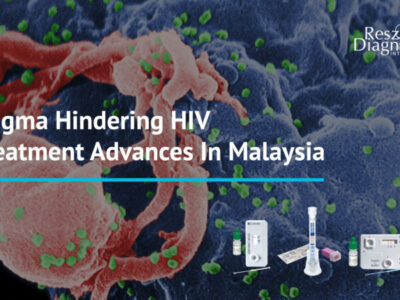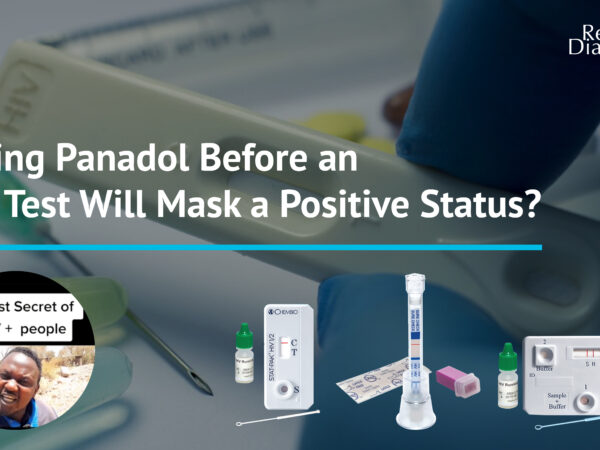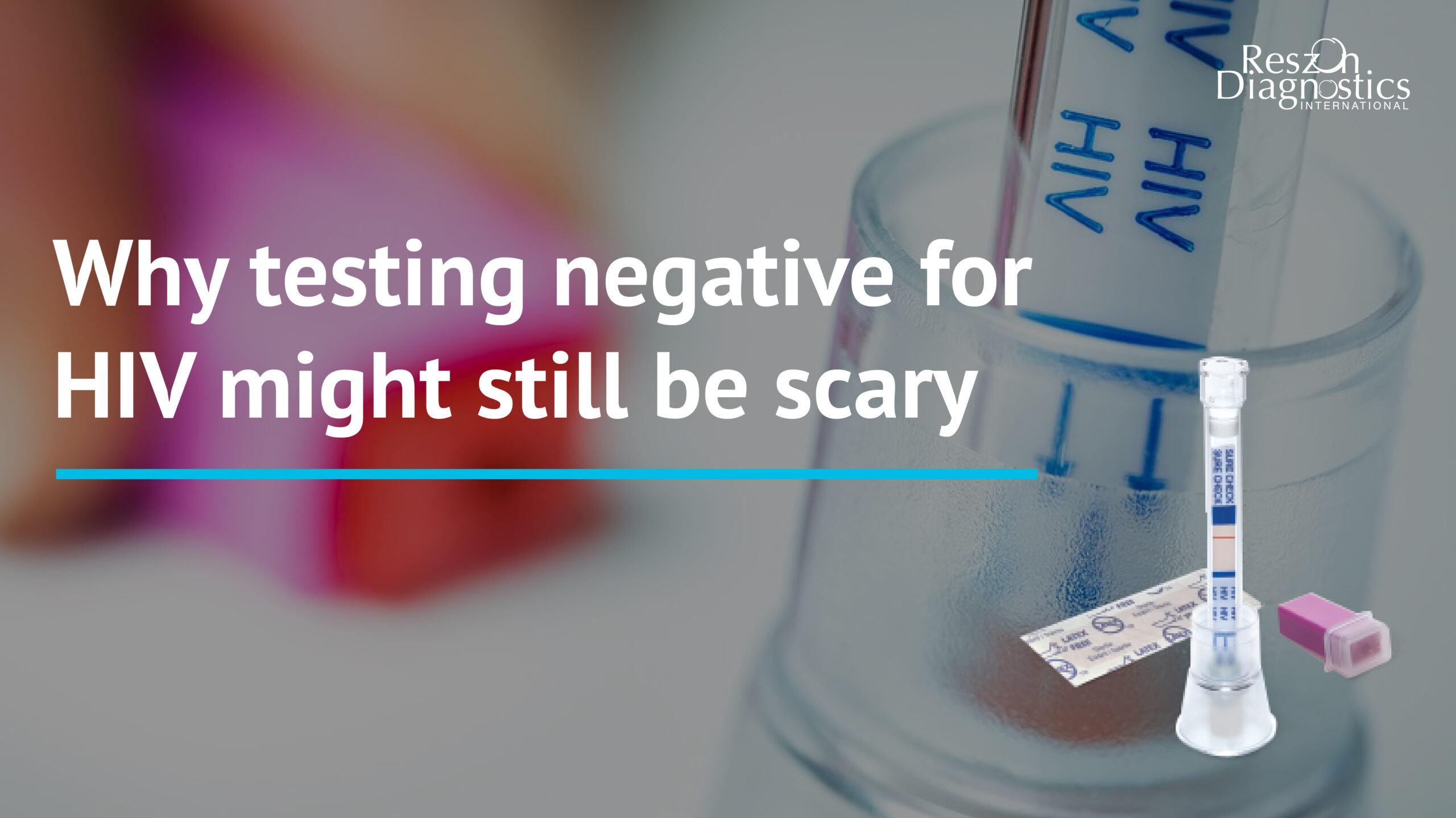
According to CDC, an estimated 1.2 million people in the United States have HIV, including about 158,500 people who are unaware of their status. Nearly 40% of new HIV infections are transmitted by people who don’t know they have the virus. For people with undiagnosed HIV, testing is the first step in maintaining a healthy life and preventing HIV transmission.
If a person tested negative for HIV but is still scared, they may have taken the test within the window period. The “window period” refers to the time between when a person has been infected with HIV and when the infection can be accurately detected by the HIV test kit.
If a person tests negative for HIV during the window period, it is possible that they are still infected with the virus and that the test result was a false negative. This can be a source of anxiety and uncertainty due to:
- Unsure if they are truly HIV-negative
- Fear of future exposure
- Stigma and discrimination
- Guilt and shame
- Lack of trust in the healthcare system
HIV Tests for Screening and Diagnosis
HIV tests are very accurate, but no test can detect the virus immediately after infection. How soon a test can detect HIV depends on the type of test being used. There are three types of HIV tests: antibody tests, antigen/antibody tests, and nucleic acid tests (NAT).
- Antibody tests: These detect antibodies to HIV in someone’s blood or oral fluid. Antibodies are substances the immune system produces in response to virus exposure. The antibody tests have a window of 23–90 days.
- Antigen or antibody tests: These detect an antigen that HIV produces and the antibodies the immune system produces in response to the virus. The tests have a window of 18–45 days with blood that a technician draws from a vein. However, the window is 18–90 days in the rapid version of the tests, which involves blood from a finger prick.
- Nucleic acid tests: These tests detect HIV in the blood and have a window of 10–33 days.
To confirm negative results, a doctor tests a person again after the window period for that test. It is also important for individuals to practice safer sex and other harm-reduction strategies to reduce their risk of HIV and other sexually transmitted infections, even if they have tested negative for HIV.
Discover the special features of Chembio HIV Rapid Point-of-Care Assays offered by Reszon!
References:
1. Mary West (2023) Why might testing negative for HIV still be scary. Medical News Today. Access on 24 Feb 2023
2. HIV Testing CDC (2022) Accessed on 24 Feb 2023
